Normal functioning of the computer is only appreciated when one of the very basic functionality is hampered. One such instance is when your perfect machine’s Spacebar or Enter key is not working.
The annoyance and frustration in such a scenario go through the roof usually. However, fortunately, if the problem is software-based it is usually simple to tackle and resolve. That being said, sometimes you have to try multiple fixes in order to eradicate the issue from the grassroots and make sure it doesn’t repeat itself.
So without further ado, let’s get started with the basic solutions and work our way up to the ones that require the most intervention and effort from your side.
Turn Off Sticky and Filter Keys on your Computer
Sticky Keys is one of the many amazing features of Windows. However, reportedly, many of the users noticed that turning them off did resolve this issue for them. Moreover, it is fairly simple to do that, and checking if it works for you or not, cannot hurt.
To turn off Sticky Keys, open the Settings app from the pinned apps on the Start Menu or by searching for it.
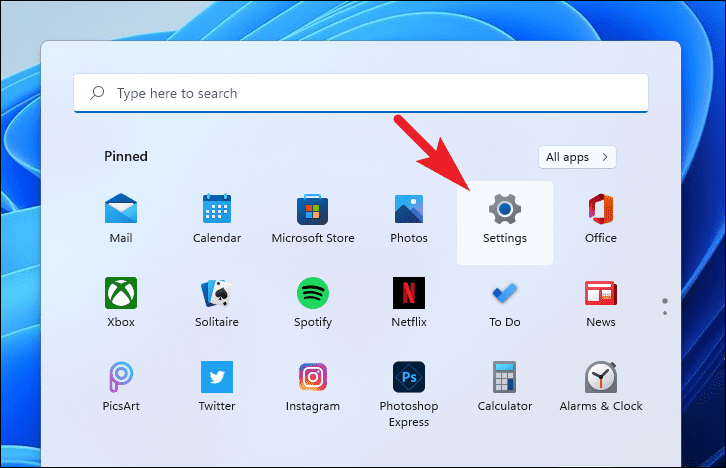
Then, click on the ‘Accessibility’ tab situated in the left sidebar of the Settings window.
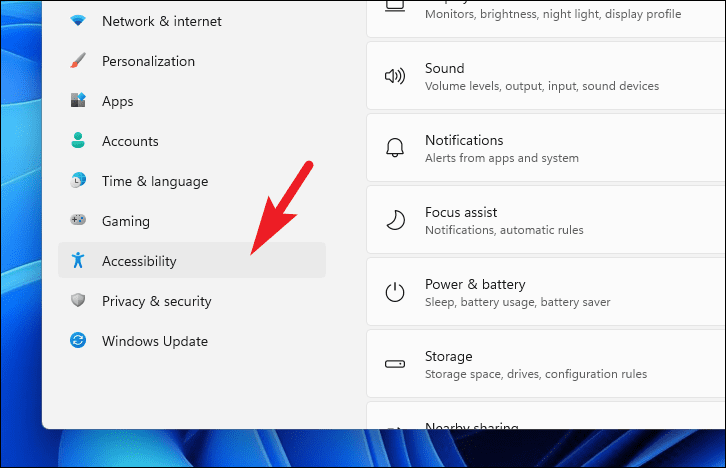
Next, from the right section of the window, scroll down to the ‘Interaction’ section and click on the ‘Keyboard’ tile to proceed.
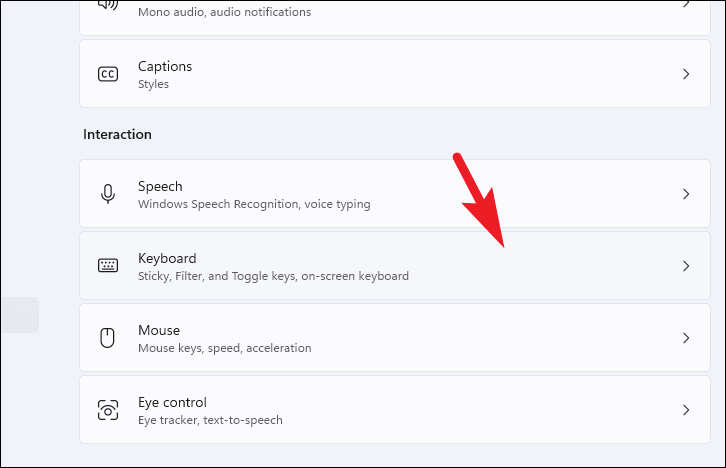
Then, under the ‘Sticky, Filter, and Toggle keys’ section locate the ‘Sticky Keys’ tile and click on the toggle present on the tile to bring to the ‘Off’ position.

Next, locate the ‘Filter keys’ tile and click on the toggle present on the tile to bring it to the ‘off’ position.
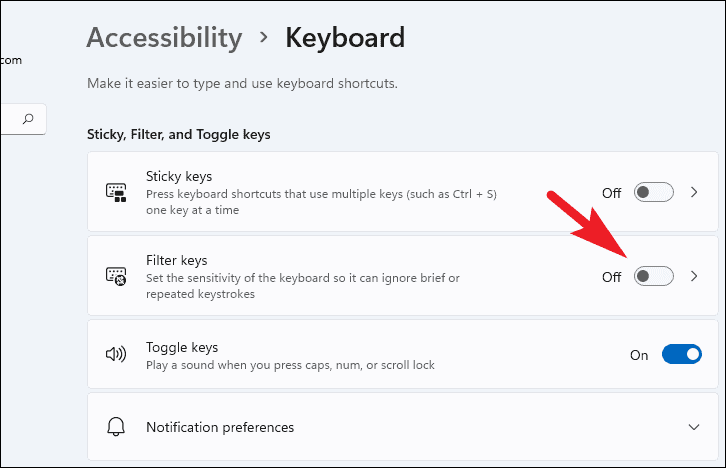
Now check if the Spacebar and/or Enter key has gained back their functionality.
Update your Keyboard Driver
Another of the simple fixes includes updating your keyboard driver. It may sound elementary and possible ‘out-of-the-place’ even; but it can do wonders if the underlying cause is an outdated driver.
To update the keyboard driver, open the Start Menu and type Device Manager, then click on the ‘Device Manager’ tile from the search results to continue.
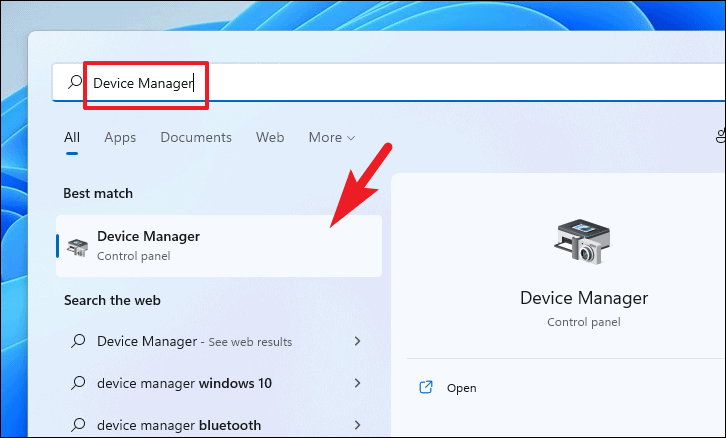
Then, on the ‘Device Manager’ window, click on the little chevron (side arrow) preceding the ‘Keyboard’ option to reveal all the hardware components installed.

Next, right-click on the ‘HID Keyboard Device’ or ‘Standard PS/2 Keyboard’ (depending on your device) and choose the ‘Update Driver’ option from the context menu. This will open a separate window on your screen.
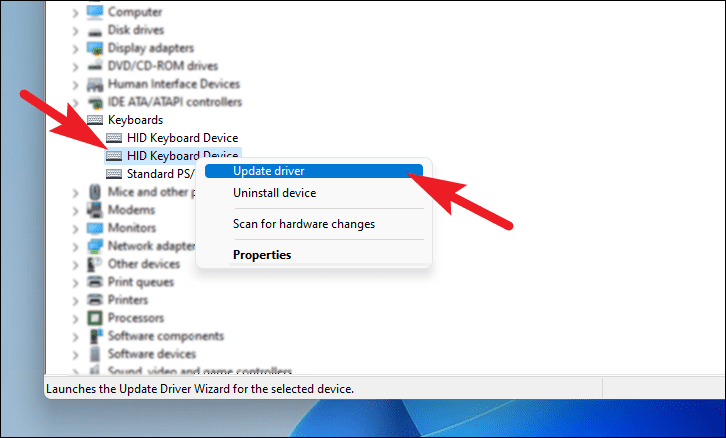
From the ‘Update Drivers’ window, click on the ‘Search automatically for drivers’ option to let the Windows automatically search and install for the latest compatible driver. In case, you have a driver package for your keyboard, click on the ‘Browse my computer for drivers’ and select one using the File Explorer.
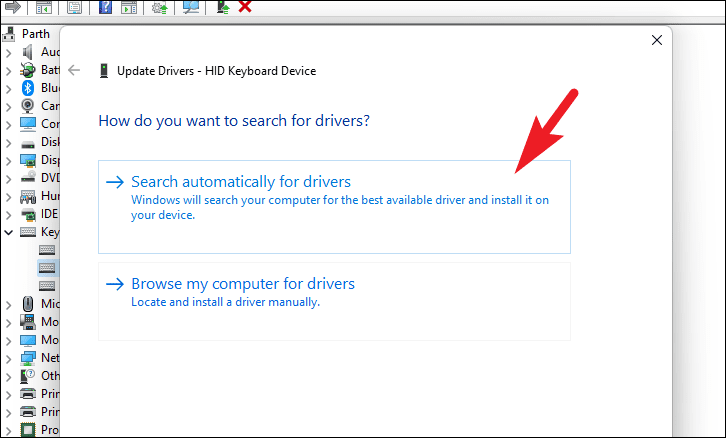
Once you have successfully updated your keyboard driver, check if the problem still exists. If it does, hop on to the next fix.
Run Keyboard Troubleshooter
If updating the driver couldn’t resolve the issue, running the troubleshooter makes much more sense to let Windows detect what exactly is wrong with your keyboard hardware or software.
To run the troubleshooter, head to the Settings app either from the pinned app on the Start Menu or by searching for it. Alternatively, you can also open the Settings app by pressing the Windows+I keys together on your keyboard.
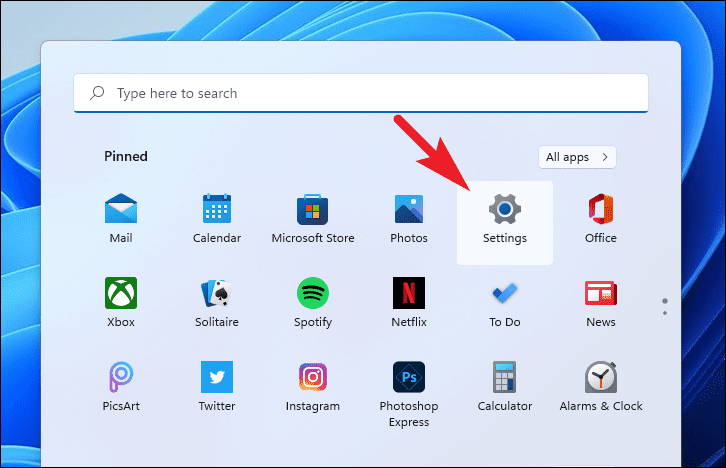
Next, make sure the ‘System’ tab is selected from the left sidebar present on the window.
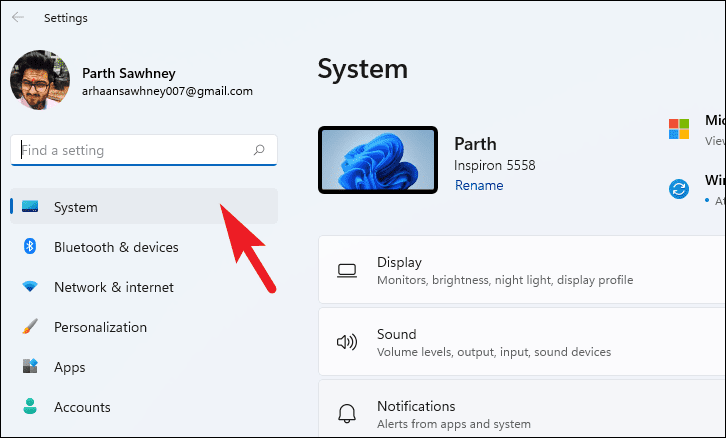
After that, from the right section of the window, click on the ‘Troubleshoot’ tile to proceed.
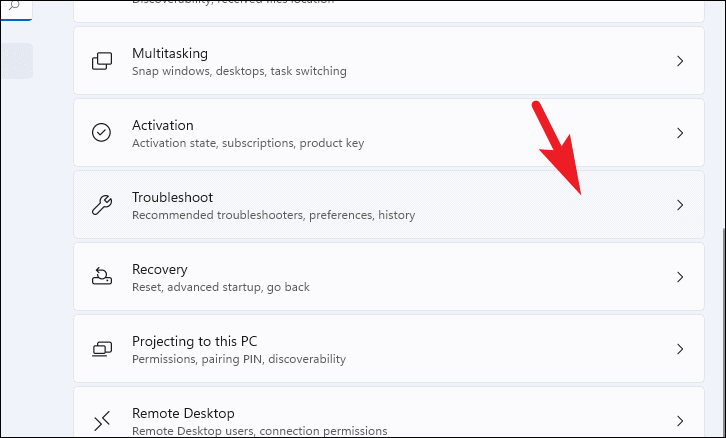
Next, click on the ‘Other Troubleshooter’ tile present on the Troubleshoot settings page.

Then, locate the ‘Other’ section on the page and then click on the ‘Run’ button present on the ‘Keyboard’ tile to run the keyboard troubleshooter.
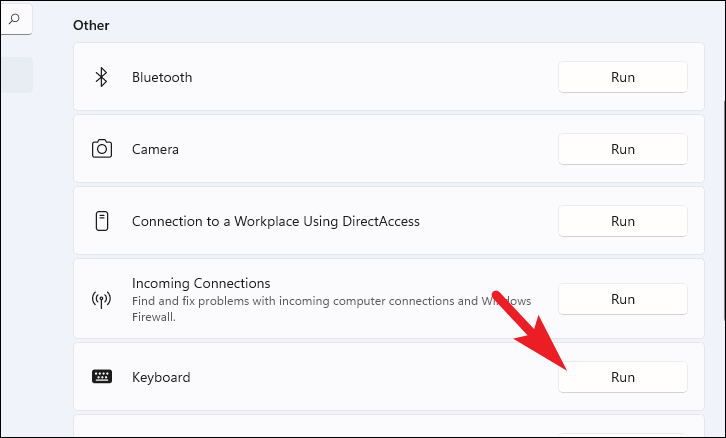
Windows will now detect issues with your peripherals as well as the corresponding driver and let you know what changes or updates are necessary.
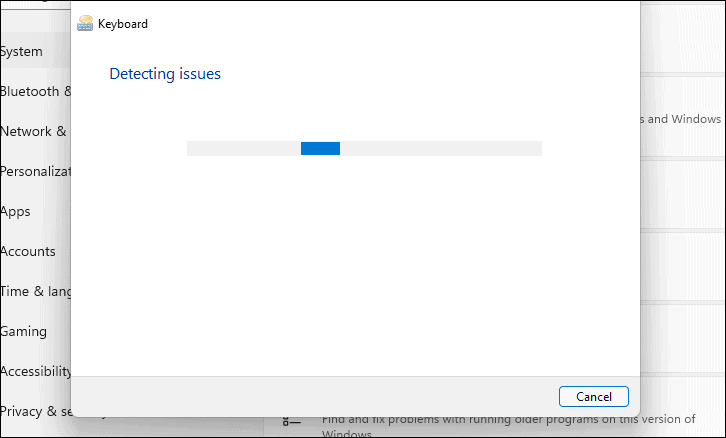
Reinstall your Keyboard Driver
One of the next solutions is to uninstall your keyboard driver and reinstall it in order to rule out the possibility of a damaged or corrupted driver. Though it may sound a bit technical, you only need to uninstall the driver and Windows will automatically install the latest one available on its server.
To uninstall your keyboard driver, open the Start Menu and type Device Manager. Then, click on the ‘Device Manager’ tile from the search results.

After that, locate the ‘Keyboard’ option and click on the little chevron preceding it to reveal all the components available.

Next, right-click on either the ‘HID Keyboard Device’ or ‘Standard PS/2 Keyboard’ (depending upon the device installed on your system) and click to choose the ‘Uninstall driver’ option from the context menu.
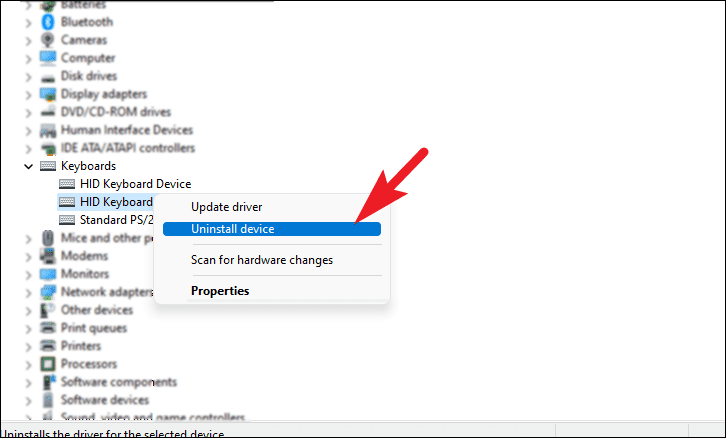
Finally, restart your Windows 11 machine from the Start Menu and let Windows install the latest driver from its server on your machine.
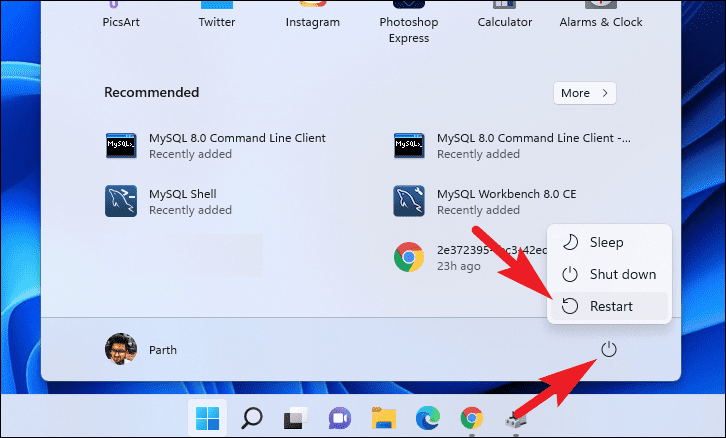
Reset your Windows 11 PC
Well, making it this far in the list isn’t nice; and if nothing until now has worked for you, it is time to bring out the big guns. By resetting your PC, you basically reinstall Windows on your machine whilst keeping all your personal files as-is.
To reset your PC, head to the Settings app either from the pinned apps on the Start Menu or by searching for it. Alternatively, you can also open the Settings app by pressing the Windows+I keys together on your keyboard.
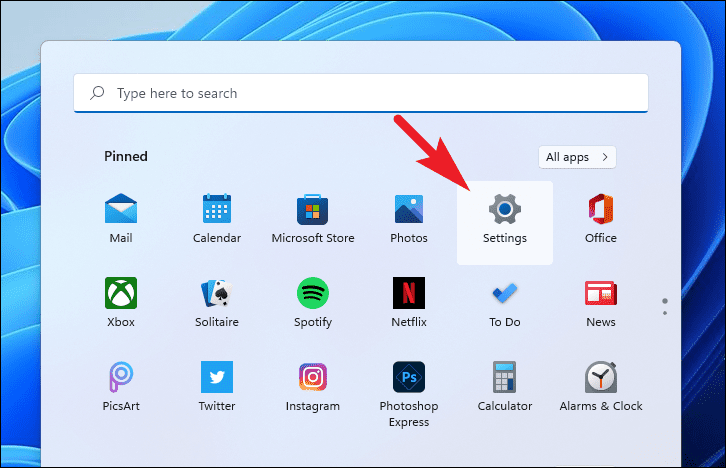
After that, make sure you have selected the ‘System’ tab from the left sidebar of the Settings window.
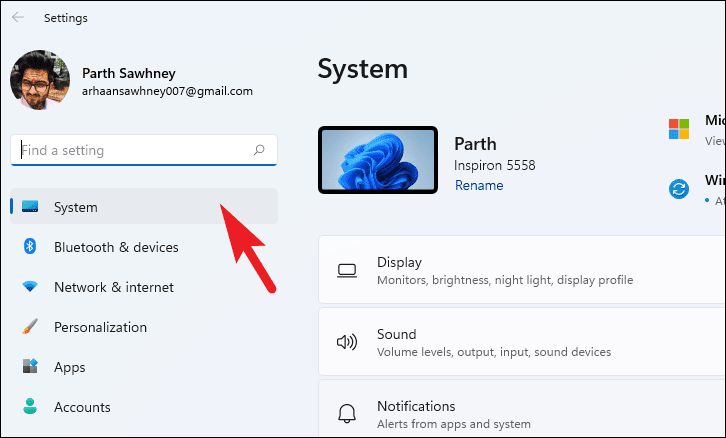
Next, from the right section of the window, locate and click on the ‘Recovery’ tile to continue.
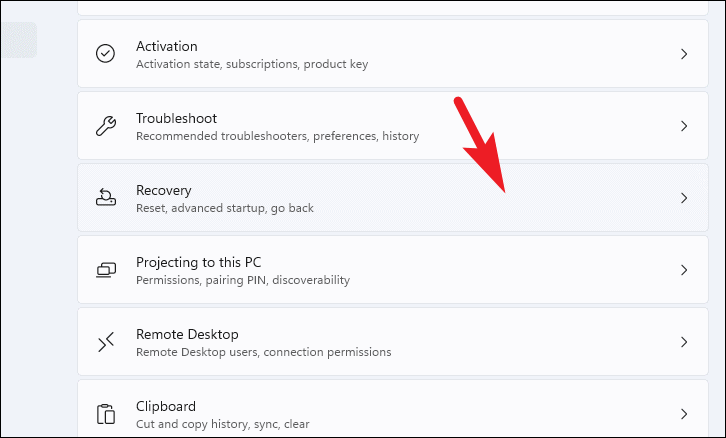
On the next screen, locate the ‘Recovery options’ section and then click on the ‘Reset PC’ button present on the ‘Reset This PC’ tile. This will open a separate window on your screen.
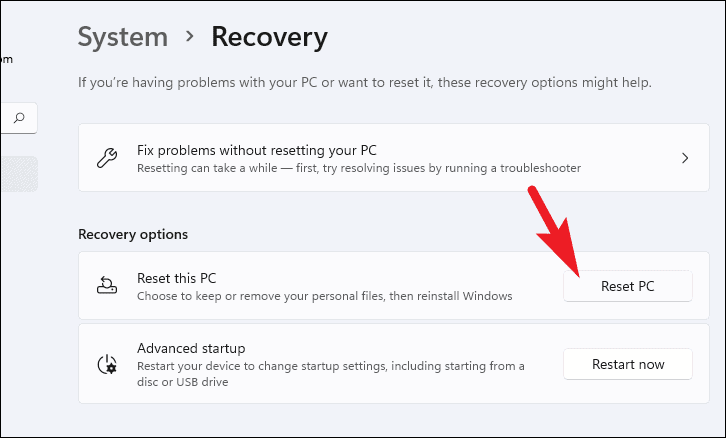
On the separately opened window, two options would be available to you:
- Keep my files: As the name suggests, use this option if ou want to keep your personal files intact while all the system apps get uninstalled and system settings are rolled back to a fresh state.
- Remove everything: Again, no surprises here as well. This option will remove all photos, programs, and apps will roll back the operating system to a completely fresh state as if it was brand new.
For this matter, click on the ‘Keep my files’ to continue.
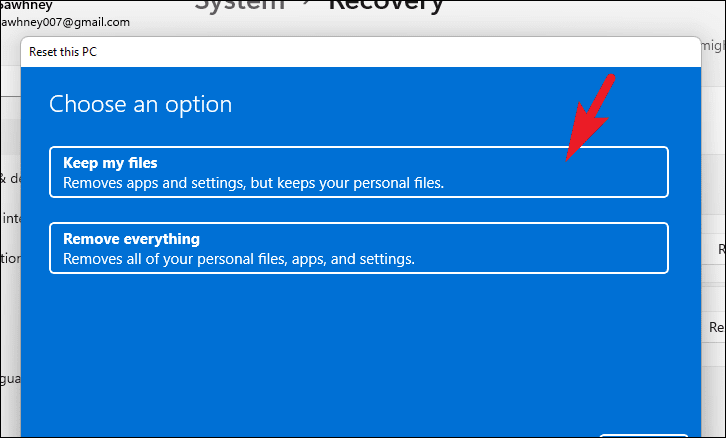
After choosing either of the options, on the next window you will need to choose between a ‘Cloud download’ or a ‘Local reinstall’. ‘Cloud download’ is believed to be more reliable and stable relative to ‘Local reinstall’ as there might be a possibility of files being corrupted or damaged.
However, as the name suggests ‘Cloud download’ will require a stable internet connection through which Windows will consume at least 4GB of data.
Now, click on the option you would like to select for reinstalling the Windows on your machine. Here, we are choosing the ‘Cloud download’.

Next, you will be notified of the current settings for resetting the PC. If you wish to change any setting, click on the ‘Change settings’ option. Otherwise, click on the ‘Next’ button to continue.
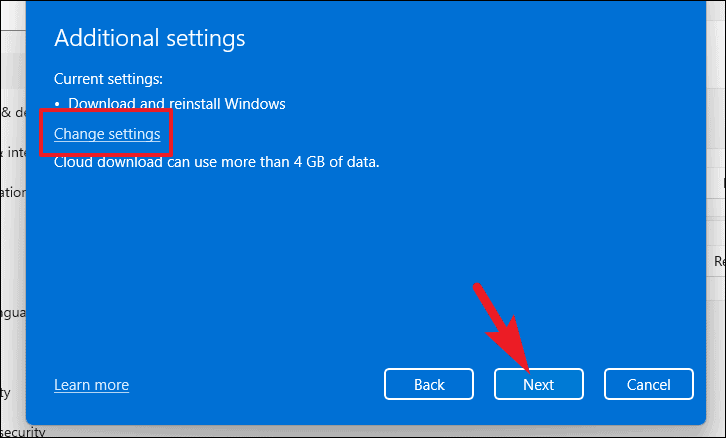
Then, WIndows will list down all the impacts of resetting to your PC, read them and click on the ‘Reset’ button to initiate the resetting process on your machine.
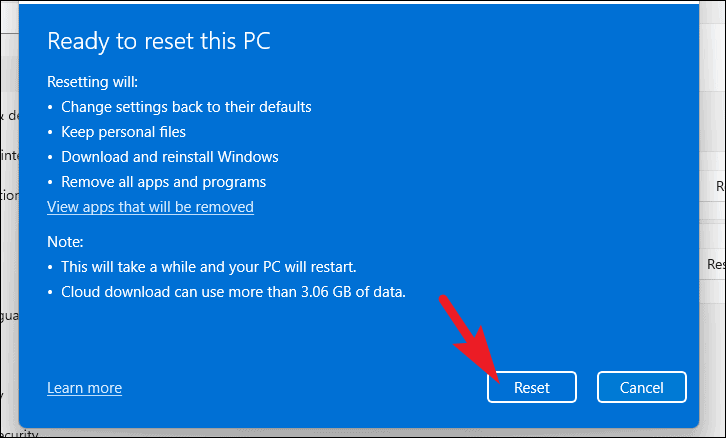
Once the resetting process has been initiated, your computer might restart several times which is completely normal behavior while resetting.
One of the above-listed solutions will definitely fix your keyboard. If it still doesn’t maybe the problem is hardware related and it is recommended that you get it checked by authorized personnel.





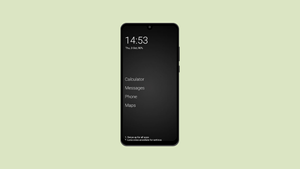

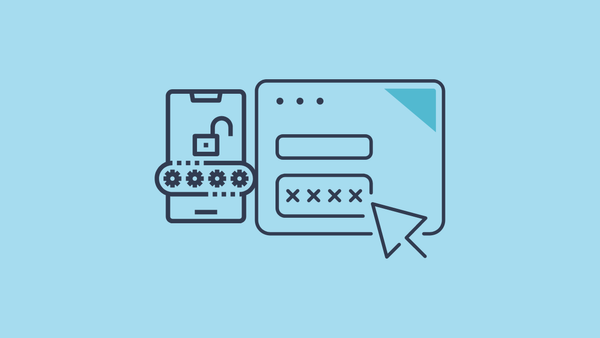

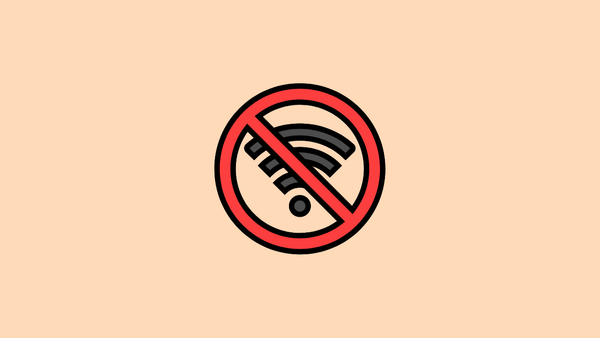

Member discussion